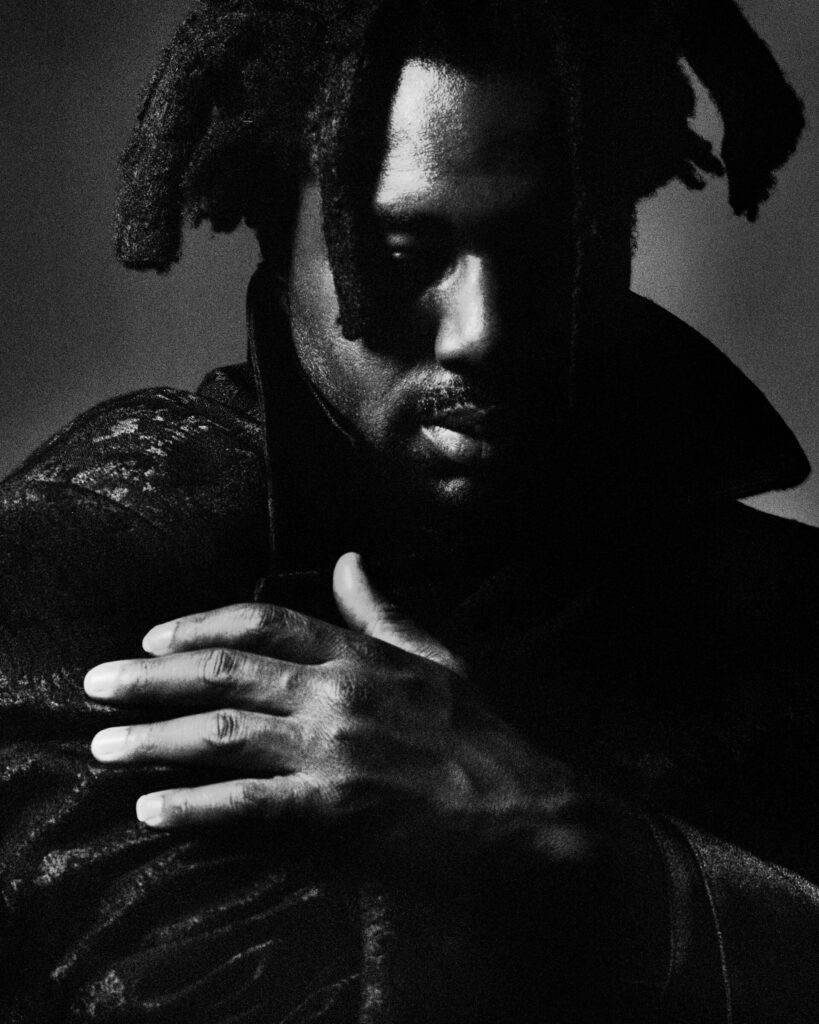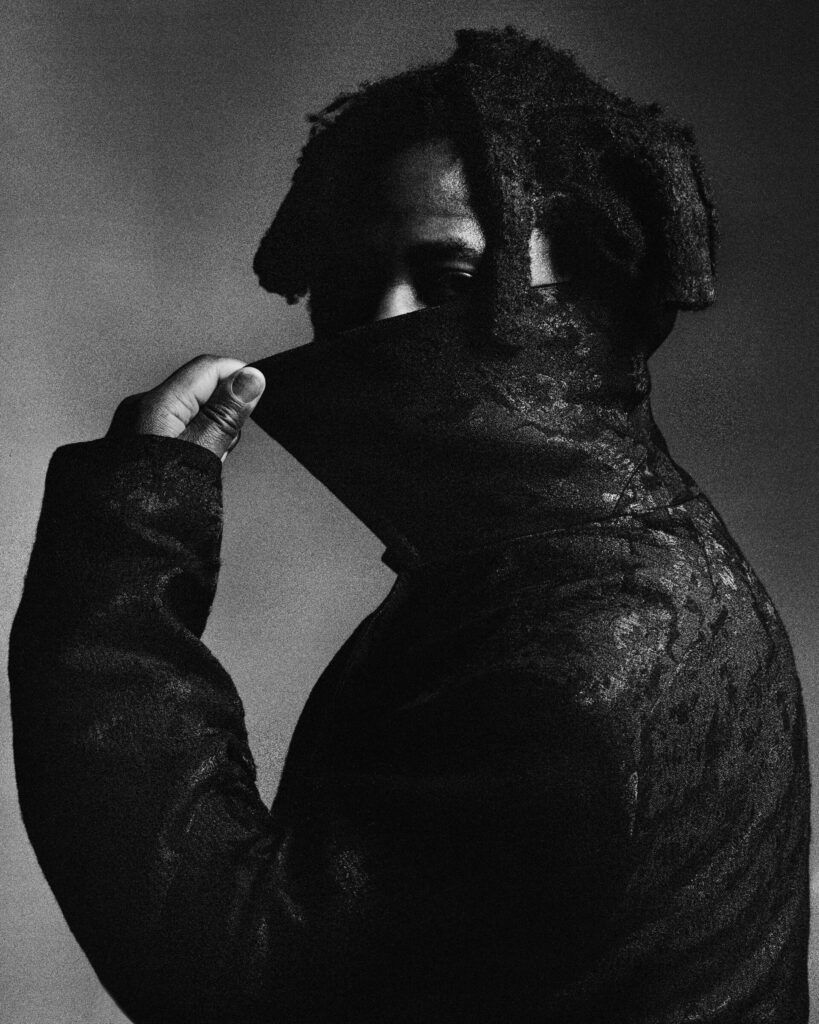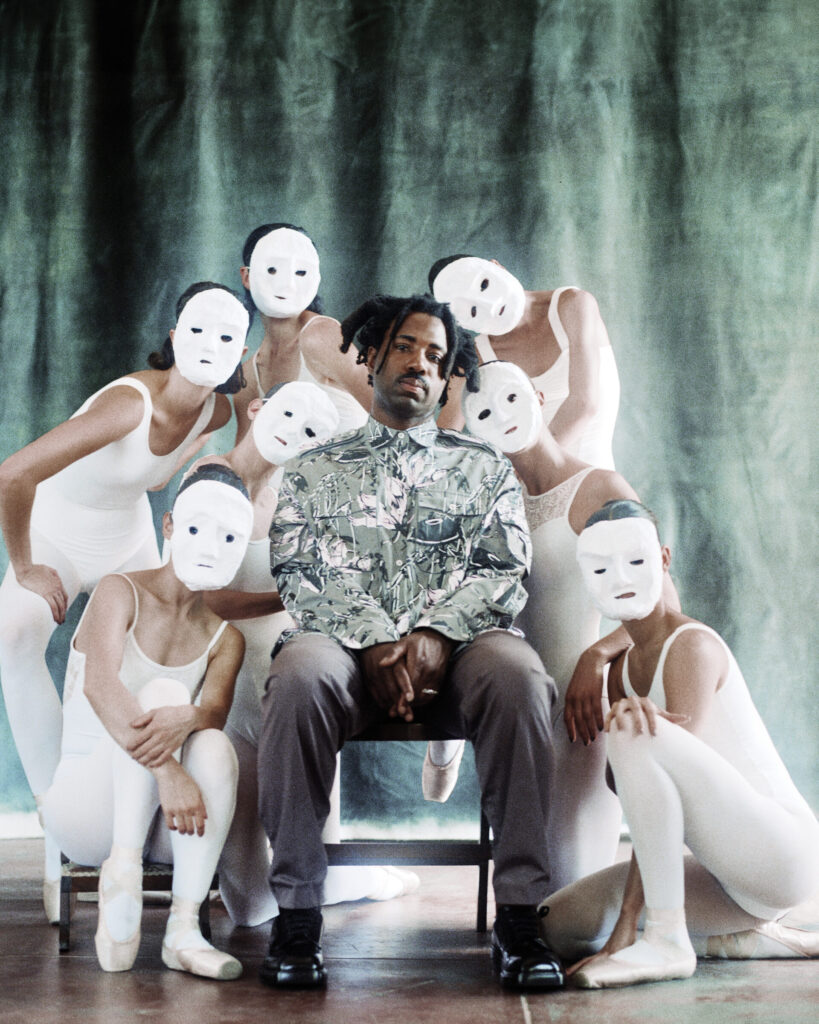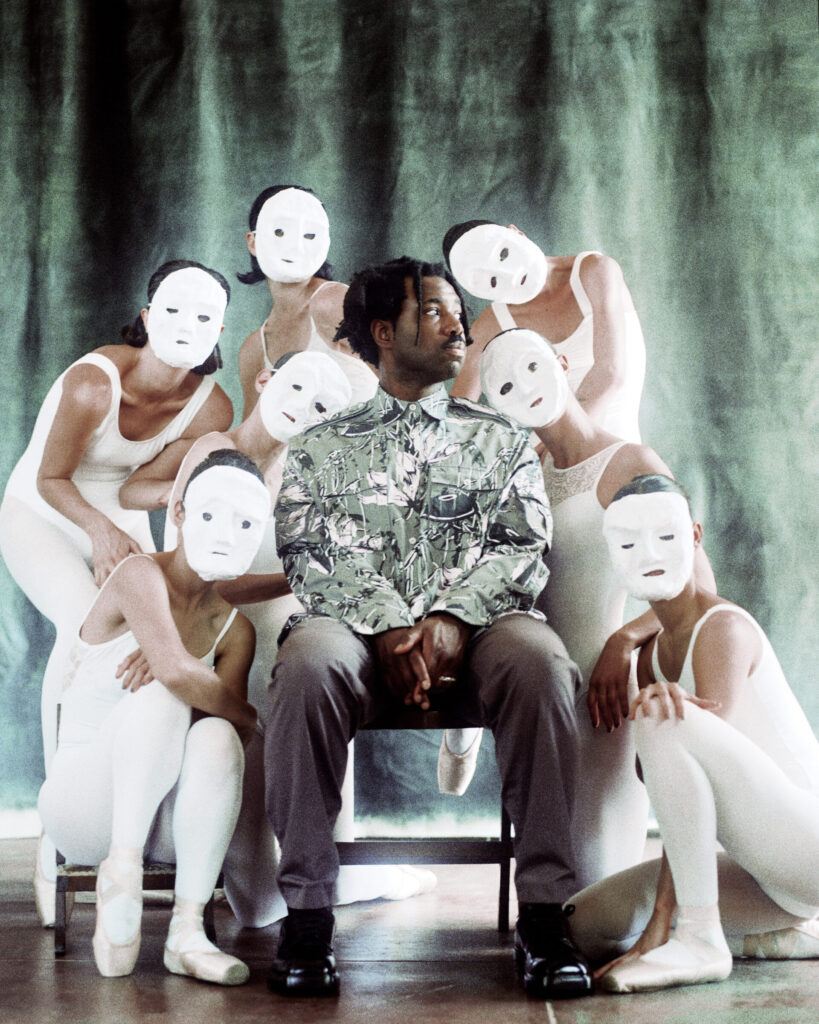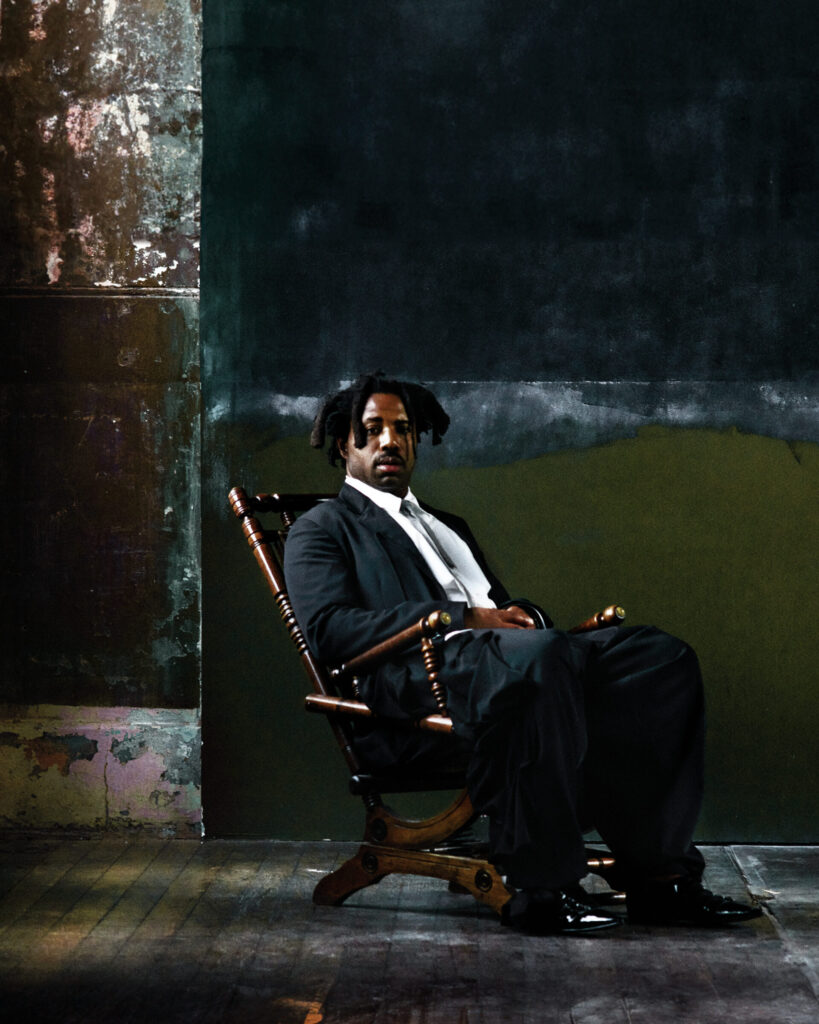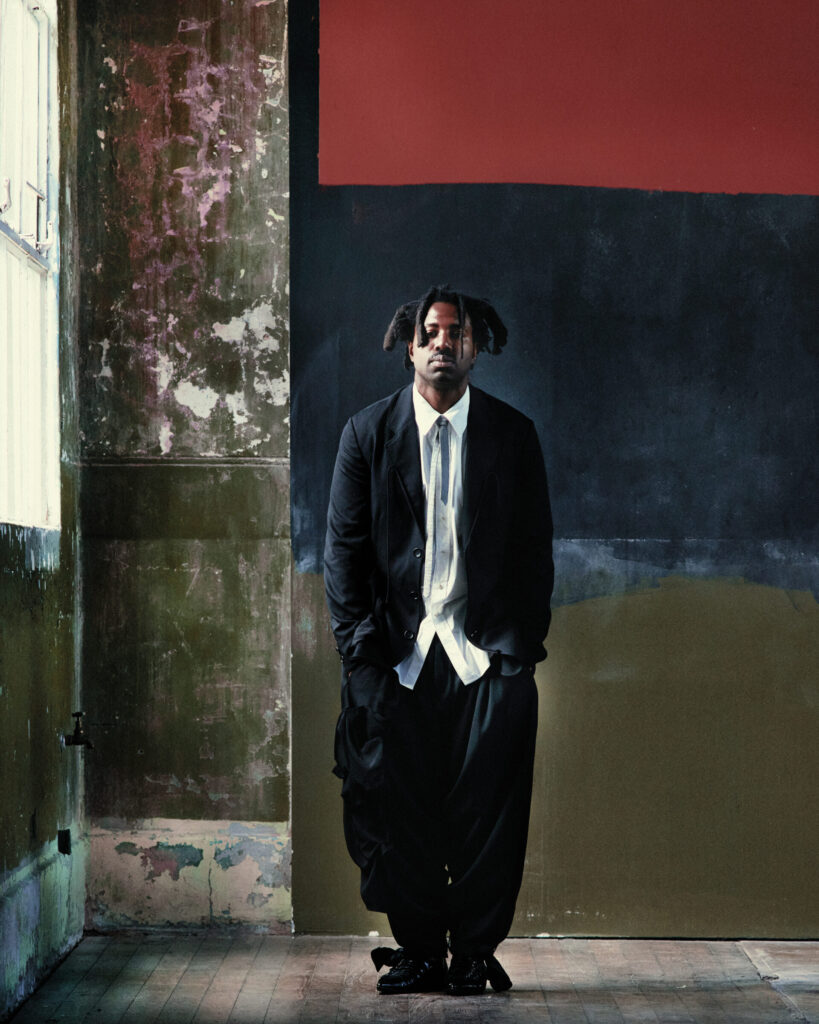The Sublimation of Sampha

Sampha Sisay, UK’s preeminent R&B musician has just come off the back of a press tour for his sophomore album, Lahai. Now in a fallow creative period, he is left to figure out what his next moves should be. Before he decides, he reflects on the experiences and memories that lifted him to where he now is. The conversation ended up spanning his fear of flying, the loss of his mother and father, his journey of self-acceptance and the birth of his daughter.
When Sampha Sisay springs into the spotlight, during a tour for his album Lahai, he radiates an unexpected confidence. The man I met over coffee the day before had a gentle, unassuming presence. He spoke so quietly that the recording was at risk.
Trying to marry Sisay’s two personas is challenging. His onstage transformation is akin to the process of sublimation, whereby a solid particle skips the liquid state and becomes a gas—the beginning and end is understood but there is a transmogrification in between. Time abandons linearity. Gravity gives way to weightlessness. The earthbound takes flight.
“It gets to a particular point in the song ‘Spirit 2.0’, when all the elements are kind of right and the stars align—the sound is great in my ears, the sound is great out front, I’m really sweaty and if there’s air conditioning, I feel cool—there’s a very specific point where it feels like flying. If I was to have a soundtrack to my version of flying, it would be that,” reflects Sisay, of a moment in his performance, just after the band’s spliced-in cover of Massive Attack’s era-defining 1997 single ‘Teardrop’.
‘Spirit 2.0’, the second track on Lahai, sees Sisay “drifting into open skies” without fear, knowing he’ll be safe. Live, the song’s synthesisers sound like all of the hurt and ill in the world is being rejected by a force field of love. As the chorus goes:
Love will catch you
Spirit gon’ catch you
Faith will catch you
On stage Sisay is in command, either opening up space for solos from drummer Blake Cascoe, stepping out from behind his keyboards to skip across the stage front (as a child, his four older brothers would egg him on to perform Michael Jackson dance moves), or leading the band away from their primary instruments to encircle a standing drum kit for a moment of unison. Again, we return to the chorus:
Friends will catch you
Time will catch you
“I’d go through heaths and parks listening to it, having the experience of looking up as a kind of vehicle of otherness or of changing perspective,” Sisay says of the song, the first he wrote for the album.
‘Spirit 2.0’ references Richard Bach’s novella Jonathan Livingston Seagull, which Sisay’s older brother read to him at bedtime as a child. The novella is an allegorical fable of a bird that transcends beyond its natural state through its joy in flight. Unlike the bird, the way Sisay’s imagination soars doesn’t always translate in the real world.
He’s written an album that repeatedly uses flight as a metaphor and yet he’s afraid of planes himself. “When there’s turbulence, I look around and no one’s really that scared. The younger people in my band are like ‘oh, I actually enjoy it’ and I can’t wait for it to be over,” says Sisay, poking fun at his anxieties. “It’s funny, the duality of things. Really, truly, I’d love to do something like paragliding, feel the feeling of flight on my body.”
Coping with residual anxiety is an experience that Sisay knows well. Having broken through on Sbtrkt’s 2011 single ‘Hold On’, Sampha found his phone ringing with feature requests from the biggest stars on the planet, including Beyoncé, Drake, Solange and Ye (then Kanye West). Then suddenly, his mother was diagnosed with cancer in 2014, and he returned home to South London to care for her until her death in 2015. His father had died of the same disease a decade earlier, and Sisay became an orphan, left to navigate the responsibilities of adulthood without guidance.
“I feel like the older I get the sphere of my awareness increases, but then with it can come a growing anxiety because I’m more aware of where I should go. It’s like, I know what I need to do, but sometimes the gulf between knowing and doing becomes greater,” Sisley tells me. “Sometimes you’re flying away from what you’re looking for.”
He channelled his grief into Process, the 2017 album which he found time to write while his mother was in hospital. After returning to the family’s native Sierra Leone to bury her, he decamped to a remote Norwegian island to finish the record.
Grieving a parent, losing the thing that has guided your internal compass, is a dislocating experience. It unmoors you. Finding the wind to carry you back to shore can take years. Trying to promote a hit album at the same time requires grit. I ask Sisay what the word means to him: “I always hear that word coupled with ‘determination’. Like gritting your teeth in a storm. But not everything has a fixed point. People sometimes say ‘you’re a strong person’ but I’m not always strong. Sometimes, maybe subconsciously or unbeknownst to me, I grit my teeth and just sort of plough through things,” says Sisay. “The harder thing is to consciously be brave. I guess that’s a sort of grown-up thing. For adults, it’s assumed that in the face of knowledge, in the face of experience, you face your fears and that takes a level of grit and determination… but it’s also important to know when ‘now is not the time’ and you have to be a bit softer on yourself if you haven’t got it.”
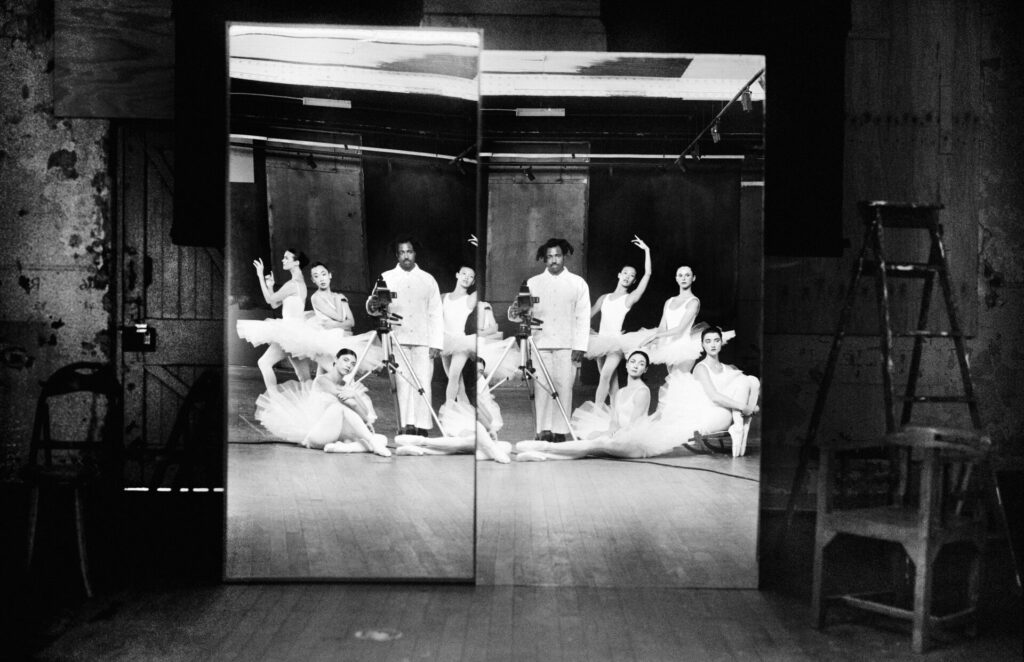
According to the 35-year-old, stoicism, as a coping mechanism, the kind practised by his parents’ generation, is a burden in itself: a load that only gets heavier with age. Pushing down those emotions is a recipe for sinking yourself in the process. “Those kinds of experiences [of grief] can offer you a type of resilience; like how we imagine some of our parents, part of them is really strong but part of them also hasn’t dealt with a lot of [their] trauma… their resilience, their pain, can also turn into fear. The flipside of having hardened skin is you still need to be able to be sensitive.”
For Sisay, facing up to your emotions and letting them wash over you, as confronting or as painful as they might be, is a crucial step towards recovery. “There’s times where you need to actually feel things,” says Sisay while acknowledging how hard it can be. with pain, you kind of detach yourself from looking ahead.”
Part of finding his peace has involved developing a spiritual practice. It’s something he’s still working on. Describing it, Sisay embarks on a typical wandering train of thought, something he does often in conversation: a kind of macro to micro focus.
He brings up the Fermi paradox that weighs the high likelihood of the existence of extraterrestrial life. “I was quite sceptical of spirituality. It’s all so abstract when sometimes it’s just a matter of [celebrating] living and biological life. We’re in a huge universe, billions and billions of years old, and we’re still the only biological life. No intelligent life has come to say hello.” He then describes being inspired by the popular physicist Brian Cox. “[Cox] was saying this could be the only place where meaning exists, that morality was invented by us. Sometimes it’s just reminding myself that [being alive] is always extraordinary. Through that context [spirituality] is about enjoying my connections to people, enjoying life and looking at it with a sense of wonder,” he says reverentially, with a spark twinkling in his eye.
“Sometimes I want to go back to a childlike wonder of the world rather than sort of recognising the mechanics of it all. I feel like that’s part of [my] spirituality… how to reinvigorate the wonder, just really engaging with the world. But I don’t always do it, I can’t preach.”
In the wake of his mother’s passing, part of that engagement has been deepening his knowledge of his family’s migration from West Africa to England via Mali and Sierra Leone. He has explored West African Wassoulou musical style and incorporated nonlinear rhythmic traditions into Lahai. In so doing, he has broken from European epistemological hierarchies and incorporated the rhythmic technologies developed by African diaspora musicians discussed in Kodwo Eshun’s seminal Afrofuturist text More Brilliant than the Sun: Adventures in Sonic Fiction.
“Someone was telling me once that in African cooking everything goes into one pot, the beauty is all of it just going into one place. Sometimes I approach my creative practice in terms of thinking: how much can I get into four bars and make it all make sense? It’s a balancing act of so much interweaving and interlocking. Instead of something sort of going across, it goes up. You have the foundation, you build another rhythm, it’s architectural. These are the concepts [Kodwo Eshun] talks about.”
While recording Lahai, Sisay would have Ciro Guerra’s 2015 film Embrace of the Serpent playing in the background. The film follows two Western profiteers (30 years apart) who are searching the jungle for a rare plant with the reluctant help of an Amazonian shaman. The film examines the differing perceptions of the three men, who variously see the natural world as a fountain of divine knowledge or something to be exploited.
“You can kind of pathologise looking back and at people who live a simpler way of life. Especially in a Western epistemological climate. Thinking about truth and progress, questioning: is this the right direction? In that context it can feel like there’s a spiritual radio silence, or blackout, in terms of our direction as a species or caring about the planet.”
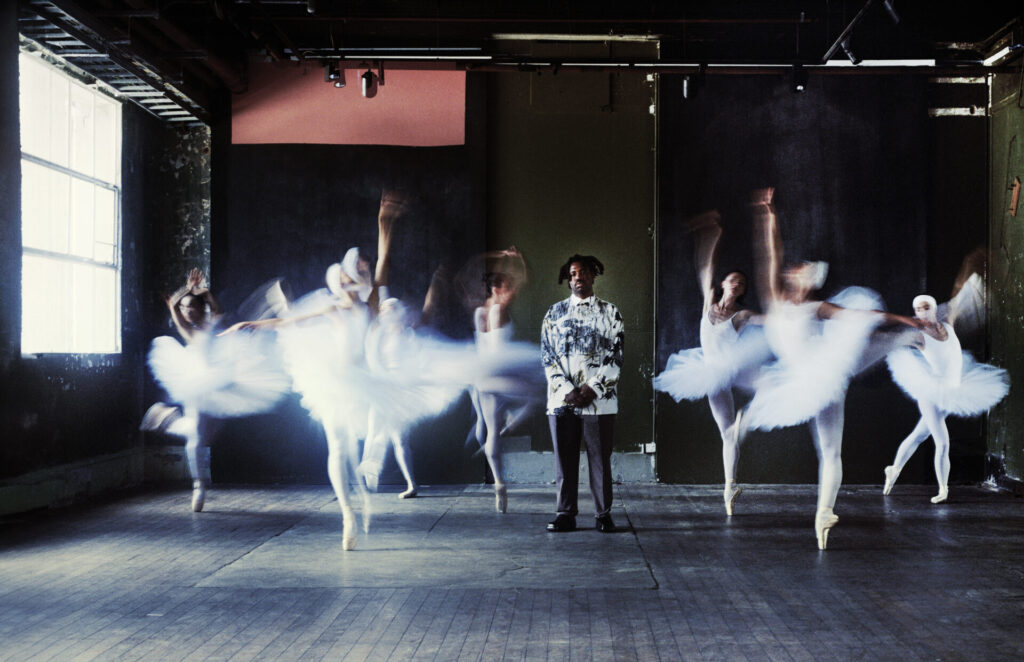
He jumps topic. Pointing to the fashion designer Grace Wales Bonner as someone he admires for disrupting entrenched hierarchies. “She’s recognising the elegance and the beauty of what my parents wore, their style and what that means, really putting that on a pedestal,” he says.
Sisay has felt culture and experience flow from his mother into him and into his three-year-old daughter. “Heartbreaking [is the wrong word] but part of having a child is recognising all the things that you’re gonna pass on to them, like personality traits. If she’s socially awkward or scared I think: oh she really took after me. And those are things I see coming from my mum,” he admits.
Sisay’s daughter is a source of inspiration, a conduit to the future. Sisay might not say it himself, but to the outside observer she sounds a lot like her father, even if music isn’t her muse just yet. “She’s very imaginative. She loves coming up with weird trains of thought. She really likes language and she’s got a humour to her. She likes music and to express herself, but it’s not like: oh my god, she’s the next Mozart,” he jokes. “She likes drama, acting, writing poetry and art. She might not be doing quadratic equations, you know? But with chess, she’s like: let me create a little circle of things here and then this pawn can kill everyone. Kids don’t necessarily see what you’re meant to do.”
Passing on the torch from physical experience to generational knowledge, from the tangible to the ephemera, from life to death, and from bone-shaking grief to transcendental spiritual release, is a form of corporeal sublimation. It’s also the overarching narrative of Sisay’s two remarkable albums, a journey made manifest at his concert in February this year. Towards the end of the set, during a rendition of ‘Blood on Me’, it felt as if the man singing before us was being held aloft by nothing more than the audience drawn breath. He was hovering in mid-air, levitating in the glow. As his voice ascended to the heavens, we were reminded that while we might not always be able to escape our traumas through acceptance, love and self-reflection, we can transform them into new states of being—new futures and possibilities. Sublimation awaits the willing.
photography and creative direction HECTOR CLARK
producer and creative direction RACHEL WEINBERG
stylist BRITTNI MORRISON
hair and make-up IVY REYNOLDS
set design SURYA DAVID WHITE
first photography assistant MATHEW STOTT
second photography assistant NADEEMY BETROS
third photography assistant DIMITRA KORIOZOS
styling assistant MATISSE TUGENDHAFT
hair and make-up assistant TAYLA ALEXANDER
set assistant TIMOTHÉE CHALAZONITIS
motion GABE HANVEY
ballerinas BEK COATES, SARAH WHITER, YUIKO MASUKAWA, JESSICA THOMPSON, DANA SUCIC, ARIANNA MARCHIORI, STEPHANIE PETERSEN
production assistant OLIVIA MOND
Classically Contemporary: Luke Howard and Simon Burgin discuss their upcoming performance at Melbourne Recital Centre
By Rob Feher
NEOPOP Festival 2023 full line-up announced
By Amelia Szabo
Helena Hauff: In Conversation Before Her Upcoming 'fabric presents' Launch
By Hugh Barton
Arlo Parks' Frankenstein Approach to Music Making
By Rob Feher
All about love
By Rachel Weinberg
Hiro Kone’s Sonic Philosophy
By Annabel Blue
